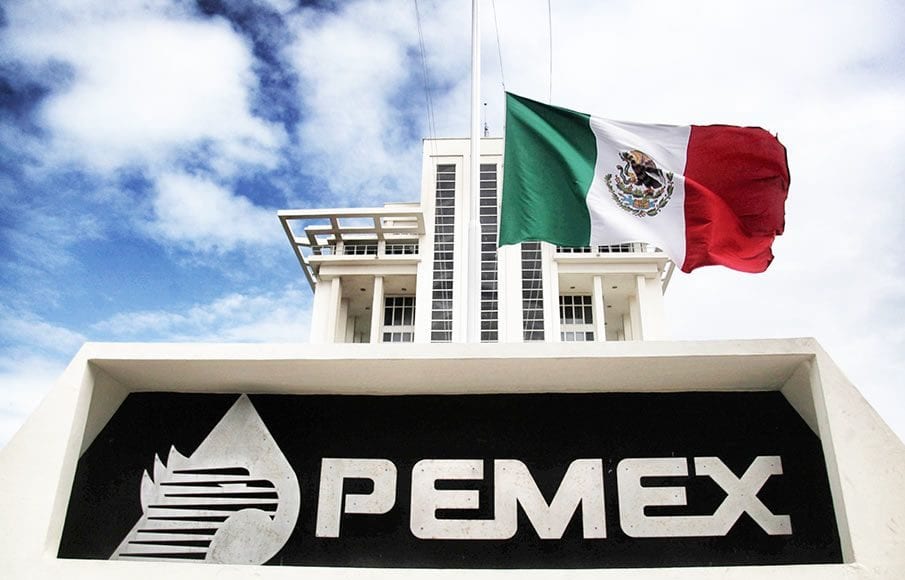(Forbes) This December Mexico’s state-owned oil company Petróleos Mexicanos (Pemex) made one of its largest oil and gas discoveries of the past three decades. The formation, dubbed Quesqui, is located onshore in Tabasco state, and is estimated to contain as much as 500 million barrels of crude. That’s 280 days’ worth of output at Mexico’s 1.8 million barrels of oil per day (bpd), worth an estimated $32.5 billion at current Brent crude price of $65.00 per barrel. That is, if Pemex can extract it all, which it normally won’t.
The Mexican government yet to release a detailed breakdown of the reserve types, but Pemex is optimistic it will be producing 69,000 bpd of the new reserves in 2020. By 2021, the Mexican government anticipates output reaching 110,000 bpd from Tabasco, as well as 410 million cubic feet of natural gas per day.
The find comes as welcome news to the Mexican government which has seen Pemex’s debt increase and oil output decline by half from 3.4 million bpd back in 2004.
Mexican President, Andrés Manuel López Obrador (AMLO), acknowledged this grim reality, stating that Pemex was in “a very bad state” and is now “bouncing back because there is no corruption and it is being managed very well.”
But even this perceived success still warrants suspicion and, more importantly, skepticism. Pemex is the world’s most indebted oil company – topping Venezuela’s troubled PDVSA – owing more than $104 billion to creditors and shareholders. Moody’s Investors Service gave Pemex a Baa3 rating – its lowest investment grade, and the S&P Global Ratings also has a negative outlook for Pemex, slashing its credit rating back in March.
But the state oil company still plays an undeniable energy policy role in Mexico. President Obrador has put his support behind Pemex, bolstering the company with capital injections and tax breaks. The company has also taken aggressive action of its own: in September Pemex sold $7.5 billion in in medium- and long-term bonds to refinance short-term debt.
To some degree these strategies are working. In later October, Pemex’s Chief Financial Officer Alberto Velazquez, while on a conference call, said “For the first time in over a decade, the company’s net debt was reduced,” as it dropped by 6.1% to $99.6 billion.
These developments, however, come behind the backdrop of the recently negotiated United States Mexico Canada Agreement (USMCA), which appears to be moving forward after an agreement was reached with House Democrats. The Democratic-controlled House could vote to ratify the bill before the end of the year.
Jesus Seade, Mexican undersecretary to North America, and a top trade negotiator for Mexico, accused U.S. officials for allegedly blindsiding Mexico with a provision to designate labor monitors in the USMCA – which the country views as a violation of its sovereignty.
And while the Mexican economy is traditionally manufacturing-based – in 2018 60% of exports were vehicles, car parts and computers – crude oil constituted 7% of export revenues. Indeed, the US – Mexico energy relationship is a critical piece of the USMCA: Mexico accounts for 60% of US gasoline exports and 20% of its diesel sales. Mexico is also the largest buyer of US piped natural gas.
Though Mexico’s energy sector – led by Pemex – is inching in the right direction, high debt burdens and uncertain UMCA conditions will prove major stumbling blocks. One would hope that the national oil company has the capital and capacity to economically (and meaningfully) produce oil from the Tabasco formation in the near term.
Source: Forbes



